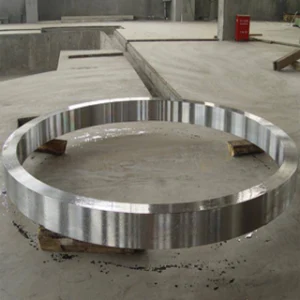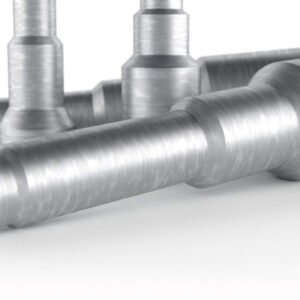
Description
Introduction
- Open with a compelling statement about the importance of reliable, durable components in the defense industry and how defense forgings are at the core of military advancements.
- Highlight how precise, high-strength forged components for defense applications ensure safety, enhance durability, and contribute to mission success in extreme conditions.
- Briefly outline what readers can expect in the blog, including materials used, manufacturing processes, real-world applications, innovations, challenges, and future trends in defense forgings.
Body Sections
1. The Role of Forgings in Defense Systems
- Define defense forgings and explain their critical role in modern military and aerospace applications.
- Discuss why forging is the manufacturing process of choice in this sector, emphasizing strength, durability, and capability to endure extreme stresses.
2. Key Materials Used in Defense Forgings
- Analyze the importance of choosing materials like alloy steel, titanium, and nickel-based alloys for their exceptional strength-to-weight ratios and resistance to harsh conditions.
- Include examples of specific materials, such as maraging steel, used in highly specialized applications like rocket casings.
3. Manufacturing Processes and Quality Control
Expert Forging Techniques
- Explain popular techniques used in defense manufacturing such as open die forging, closed die forging, and isothermal forging.
- Compare benefits for different components like military vehicle frames, aircraft parts, and ship components.
Rigorous Quality Control Practices
- Highlight the importance of non-destructive testing (e.g., ultrasonic testing) and advanced simulations to ensure structural integrity.
- Discuss how adherence to strict military and aerospace standards, such as MIL-SPEC and AS9100, is non-negotiable in defense forgings.
4. Applications of Defense Forgings
Military Vehicles
- Explore forged components used in tanks, armored vehicles, and missile systems for unparalleled safety and performance.
Aerospace Systems
- Highlight applications in fighter jets, helicopter rotor heads, and rocket boosters designed to withstand intense thermal and mechanical stresses.
Naval Systems
- Analyze forgings in ships, submarines, and naval weaponry for durability and resistance to corrosion in marine environments.
Case Examples
- Include specific instances where defense forgings have been instrumental (e.g., progressive missile systems benefiting from forged casings).
5. The Benefits of Defense Forgings in Extreme Conditions
- High Strength: Explain how forged components ensure optimal performance under extreme pressures and heavy loads.
- Durability: Detail why forged products last longer, even in harsh operational environments like deserts or arctic zones.
- Precision and Adaptability: Discuss how modern forging techniques deliver highly precise and customizable components tailored to specific mission requirements.
6. Challenges and Innovations in Defense Forging
Challenges
- High production costs due to stringent material and design requirements.
- Extended lead times for forging processes that undergo rigorous quality control.
- The challenge of enhancing corrosion resistance in extreme environments.
Innovations
- Role of advanced metallurgy in developing lightweight materials for drones and hypersonic missiles.
- Use of computer-aided simulation to refine designs and anticipate component performance before production.
- Integration of automation and robotics to reduce lead times and improve overall forging accuracy.
7. Future Trends in Defense Forgings
Next-generation Materials
- Explore the use of advanced alloys and composites tailored for stealth and higher operational efficiency.
Automation and Smart Factories
- Discuss how AI and robotics could transform the forging process to minimize human error and increase efficiency.
Sustainable Practices
- Mention the shift toward eco-friendly operations, such as recycling scrap materials and reducing carbon footprints in forging operations.
Additive Manufacturing as a Supplement to Forging
- Introduce the concept of using 3D printing to create prototypes or enhance precision in conjunction with forging processes.
Conclusion
- Summarize the importance of defense forgings in ensuring the reliability and success of military, aerospace, and naval systems.
- Recap the critical benefits covered in the blog, including unmatched strength, quality, and adaptability.
- Encourage readers to consider advancements in forging techniques and materials to remain competitive in the defense industry.
- End with a strong call-to-action, inviting readers to explore further resources, case studies, or contact your company for expert guidance on forging solutions.





